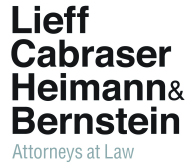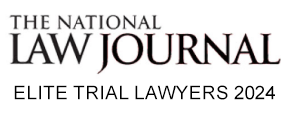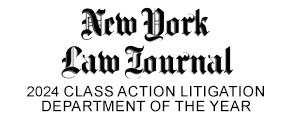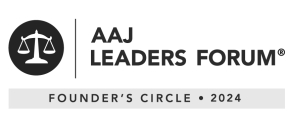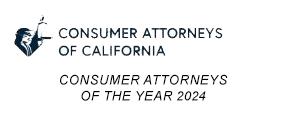An article published in the February 2019 issue of the American Association for Justice’s Trial Magazine, features a list from Lieff Cabraser partner, Elizabeth Cabraser, of the “7 Ways to Appeal-Proof Your Verdict.” Cabraser notes that while “a verdict for your client may not be the end of your case-sometimes, it is a ticket to a court of appeals.” She recommends 7 steps that can function as a way to “safeguard that verdict.” These include:
1. Start at the beginning. Chart your course form the complaint onward: Map the elements of each claim, plead them, and prove them. Your complaint shapes discovery, motion practice, and your trial plan-the template on which the record will be built. Showing the appellate court that you proved each element of your claims under the appropriate standard proof enables that court to give due deference to the trial court’s rulings and the fact finders’ verdict.
2. Consult pattern jury instructions early. Use your jurisdiction’s pattern jury instructions to draft the complaint, plan discovery, and provide the framework for your proof at trial. Your trial presentation, including opening, witness examinations, evidence and closing will resonate doubly with the fact-finders if they mirror the jury instructions.
3. Master the jury instructions and verdict forms. Your proposed jury instructions should be consistent with approved forms and, if necessary, add guidance aligned to your specific case. For example, in a product defect case, name the product and describe its defect and the injury it caused your client as much as you can in the instructions.
Clarity and simplicity are key. If you don’t understand every word, the jurors won’t either. Use the instructions to frame your closing argument so everything matches. Verdict forms matter too. This is where the defense will try to sow error, or at least confusion, as a basis for arguing error. If you can, frame jury questions to invite “yes” answers. For example, “Was smoking [the defendant’s or brand name] cigarettes a legal cause of [or “a substantial factor in”] [the plaintiff’s] lung cancer?”
The rest of Elizabeth’s tips are available in the February 2019 issue of Trial Magazine.
About Elizabeth Cabraser
One of the nation’s leading class action litigators and possessing unparalleled expertise in complex civil litigation, Elizabeth Cabraser has served as court-appointed lead, co-lead, or class counsel in scores of federal multi-district and state coordinated proceedings. Today, she serves in court-appointed leadership positions in several of the nation’s highest profile civil cases, including a solo leadership role in the VW “Clean Diesel” Emissions case, as well as lead positions in the GM ignition switch defect and Takata defective airbag cases, and the recently-filed Fiat Chrysler Jeep Dodge diesel emissions fraud litigation, Generic Drugs Pricing antitrust litigation, and the National Prescription Opiates litigation.
Contact us
Use the form below to contact a lawyer at Lieff Cabraser.
